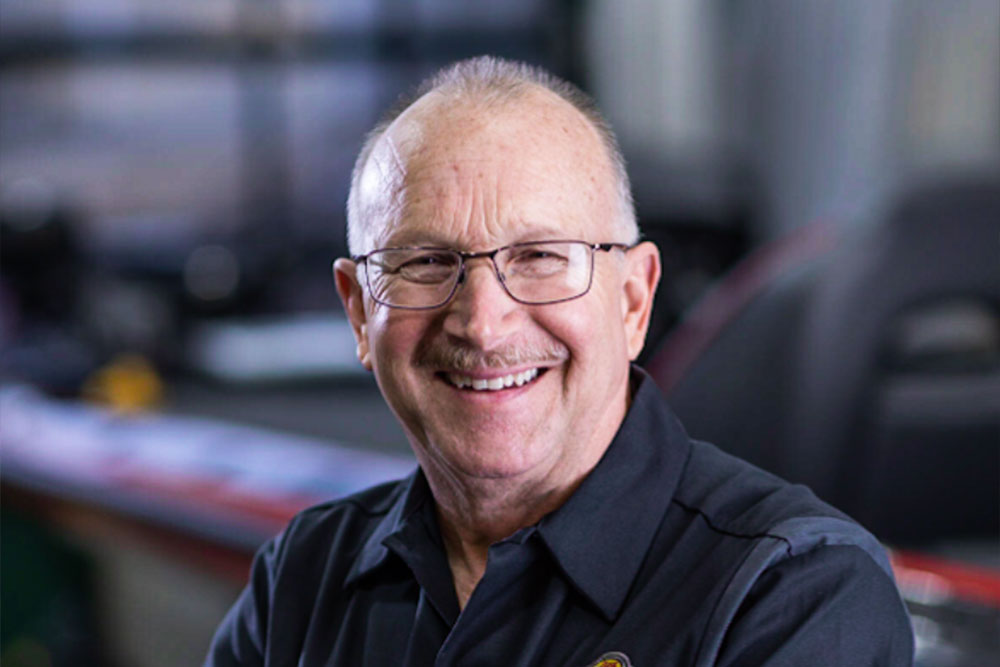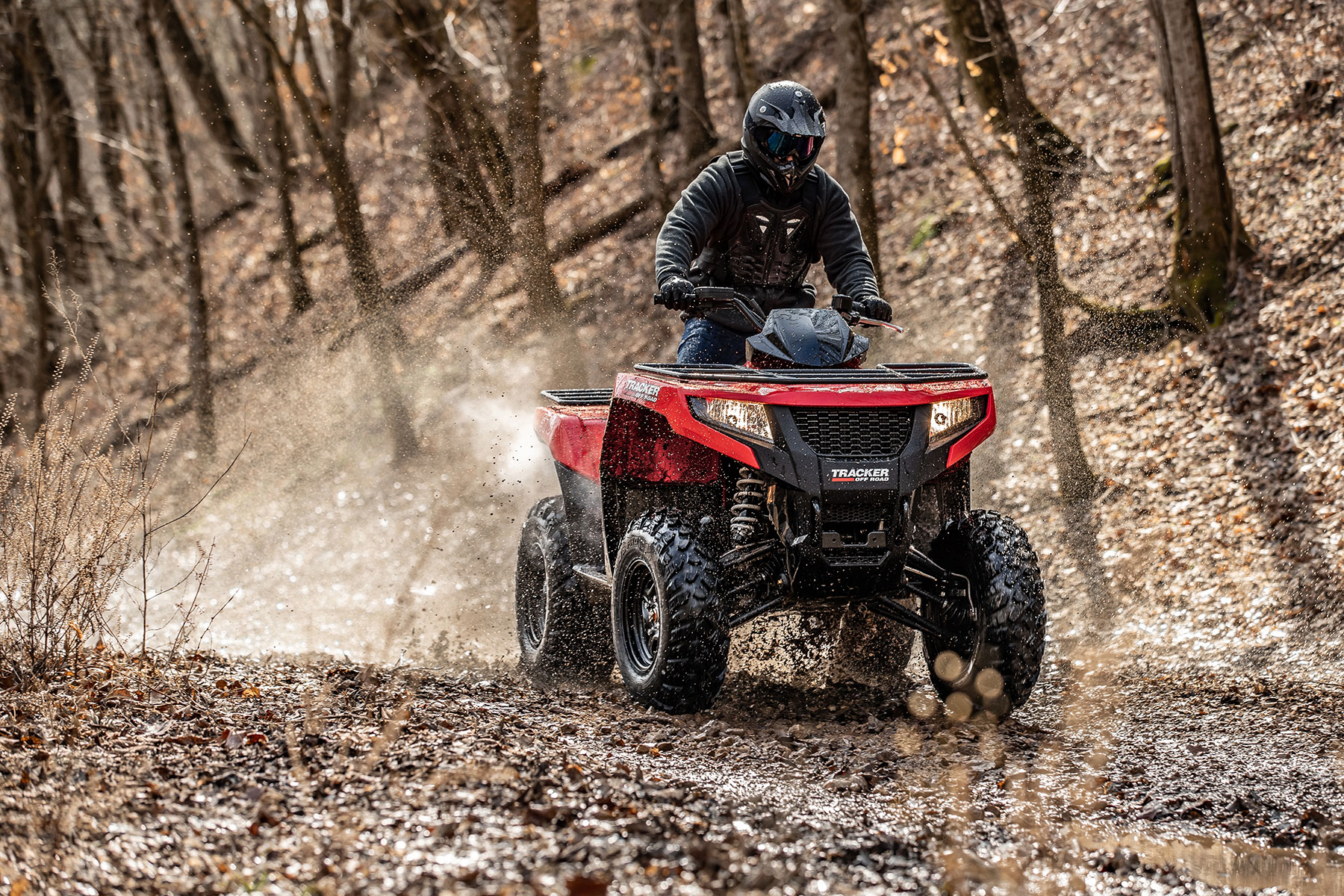Off-road vehicles are built tough to take on whatever stands in their way. So why bother with home upkeep for something that is built like a tank?
Because all-terrain vehicles (ATVs), side-by-sides (UTVs) and personal transportation vehicles (PTVs) need regular maintenance. In fact, they need to be routinely inspected before and after each ride into the wilderness.
Getting stuck in the middle of nowhere only to discover a loose nut was the cause is embarrassing, annoying and possibly costly. Even worse, you might become stranded without any way to call for help.
Don’t be that guy whose badge of honor as an off-roader is keeping it caked in mud. What looks cool on the outside can cause a lot of trouble to the mechanical parts inside. There are many, and each part performs a different important function. That means you need to take care of business before you get stuck, well, in the middle of nowhere.
Keep your off-road vehicle on the trail and out of the repair shop with these do-it-yourself tasks.
Proper inflation does more than keep tires in good shape. If your ride feels sluggish, there is a good chance low tire pressure is the cause. On the other hand, overinflated tires can make the ride bouncy and even unsafe. Avoid both problems by regularly inspecting and checking tire pressure. Do that with a low-pressure gauge designed specifically for off-road vehicles. Also, look for wear and tear in sidewalls that can damage the rims and wheels.
Most of your machine is held together with nuts and bolts, and those are designed to come apart. The constant vibration you feel while gripping the handle bar or wheel is proof that nuts and bolts loosen over time. Grab a torque wrench and tighten any loose nuts and bolts in these connections: A-arm, tie rod, shocks, bumpers and skid plate and wheel lugs.
Most modern machines run on a CVT, or continuously variable transmission. With a CVT, the engine operates efficiently without the need for a manual clutch. The chain can become stretched and worn out, so checking them is a must. Throwing a chain on the trail can be avoided by properly adjusting the tension before you ride. Check the owner’s manual for the recommended tension and follow the directions for adjusting. Remove dirt and debris from the sprockets and use a chain lubricant specifically formulated for your vehicle.
An engine needs fuel and air to produce power. When the air filter gets dirty, the particles get into the powerplant. That spells serious trouble that can damage the engine. After your ride, take a few minutes to clean it out. Coat the airbox side of the filter with filter oil to catch fine debris before it gets inside the engine.
Make checking and topping off all fluids—oil, transmission, coolant—part of your home care maintenance routine. Reoccurring low fluid levels can be bad signs, but at least you can detect problems before they become worse. If you ride through water and submerse the vehicle, check for discolored fluids, an indicator of water intrusion. Change those out before the next ride.
If the ride feels different, you might blow it off due to the ever-changing terrain conditions that are part of off-roading. It also might be time to dial in the shocks. Many off-road vehicles come with rebound, sag and compression adjustments. Some might only have preload adjustments. Either way, you can adjust them to improve ride performance.
Checking the oil level on an off-road vehicle is easier than with your truck. What is more, the smaller engines are more sensitive to different oil weights than an automotive engine. Save a few bucks elsewhere, and use high quality oil as recommended by the manufacturer instead of the cheapest available. When to change the oil is based on hours of operation. The more you ride, the more frequently the oil needs to be changed. Do-it-yourselfers will find this an easy chore to complete. If that’s not your style, take your vehicle to the dealership.
Running the vehicle through mud, dirt and water is part of the ride. When allowed to dry, caked-on mud and dirt can cause big problems like fouling the air filter and other vital parts. Moisture and steel don’t mix, and rusting can occur when wet mud is allowed to remain on the surface. So, give it a wash and make sure to cover up any intakes to avoid getting them wet.
You follow the maintenance schedule for your everyday vehicles, and the same should hold true for your off-road vehicle. You can leave the more technical needs to the experts, like those found at Bass Pro Shops/Cabela’s Boat Centers.
What is more, if shopping for an off-road vehicle, you will find a full selection of TRACKER OFF ROAD models to fit your needs.


